A guide to camera lenses
The right camera lens can make or break a photo opportunity. What lens you use is often dictated by the type of photography—landscape, architectural, sports, wildlife—you're interested in. Considerations such as indoor or outdoor shots and camera compatibility are also factors in making a choice. The following guide to camera lenses explains the different kinds of lenses and what features to consider for your camera and the type of shot.
Camera lens types have two basic categories: prime lenses and zoom lenses. Prime lenses have a fixed focal length allowing them to take faster, sharper images. They are considered a photography staple because of their speed and light weight. Using a series of lenses, zoom lenses allow different focal lengths from a single lens for more flexibility; however, they are not as fast and are heavier than prime lenses.
There are five other common camera lens types within the categories of prime and zoom
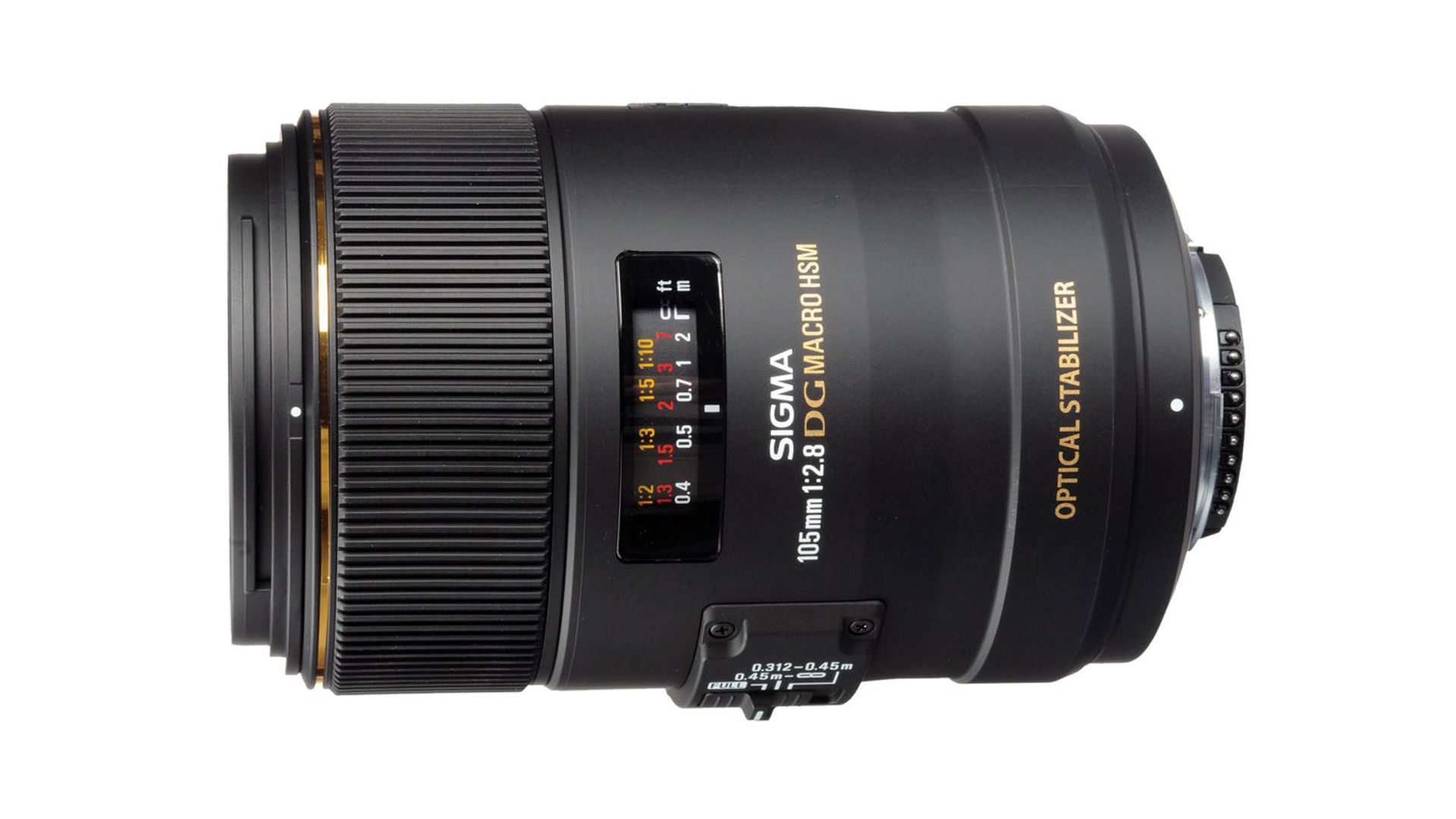
Macro
Macro lenses are for very close-up photography. They are specifically designed to produce sharp images at close range and are an excellent choice for nature photography as they can capture extreme detail in a single image.
Our most popular macro lens: Sigma AF 105mm f/2.8 EX DG OS HSM Macro
Prime
Prime lenses are used in all types of photography. They have a focal length between 35mm and 85 mm, and with a zoom lens, photographers can take full-frame, wide-angle photos and more detailed, close-up photos.
Our most popular prime lens: ZEISS Batis 40mm f/2.0 CF Lens for Sony
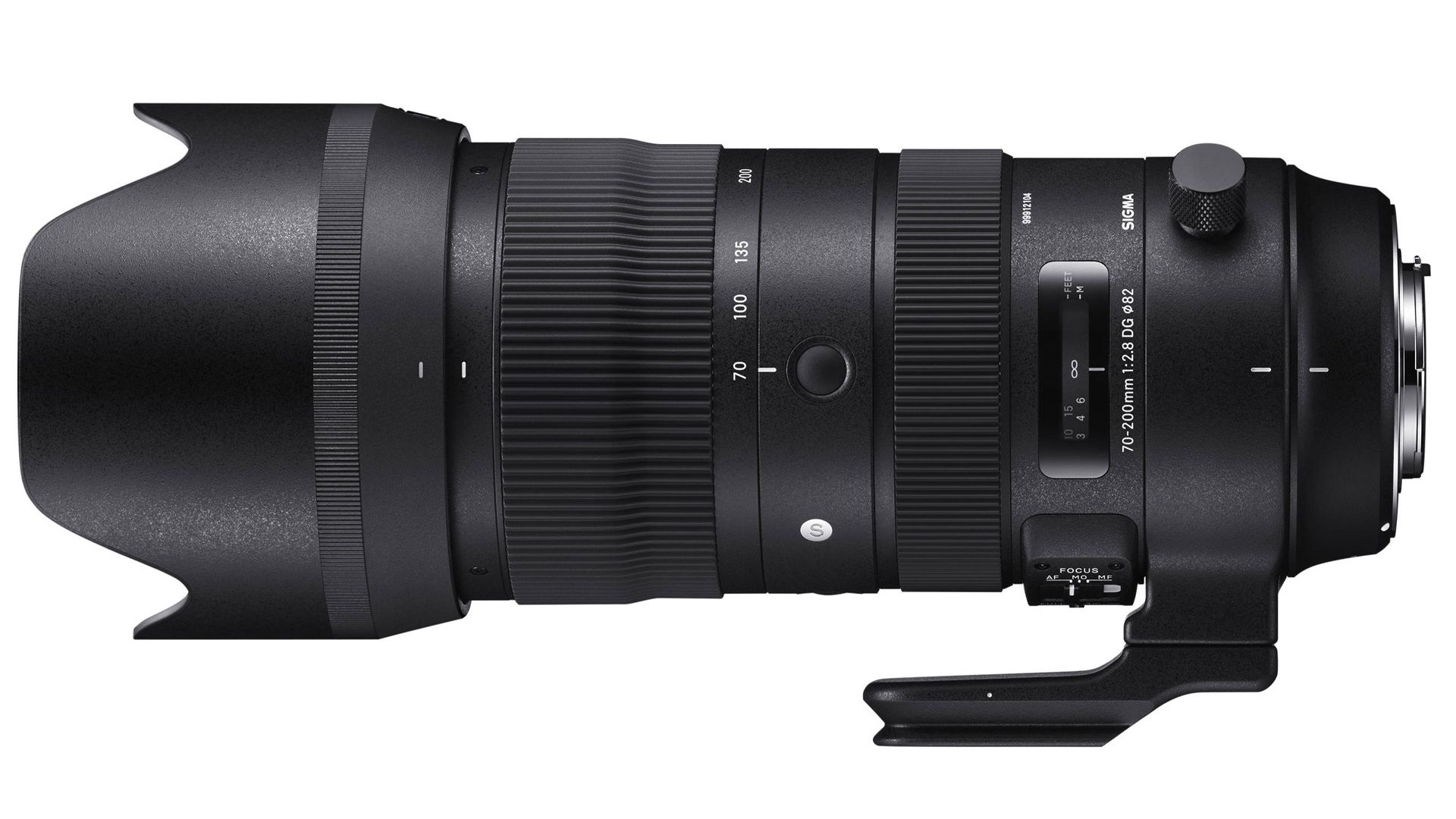
Telephoto
Telephoto lenses are zoom lenses with multiple focal points. Like a telescope, telephoto lenses let you focus in on objects in the distance. They produce a narrower field of view while allowing photographers to get an intimate view of distant subjects. Telephoto lenses are popular among sports photographers.
Our most popular telephoto lens: Sigma 70-200mm f/2.8 DG OS HSM Sports Lens
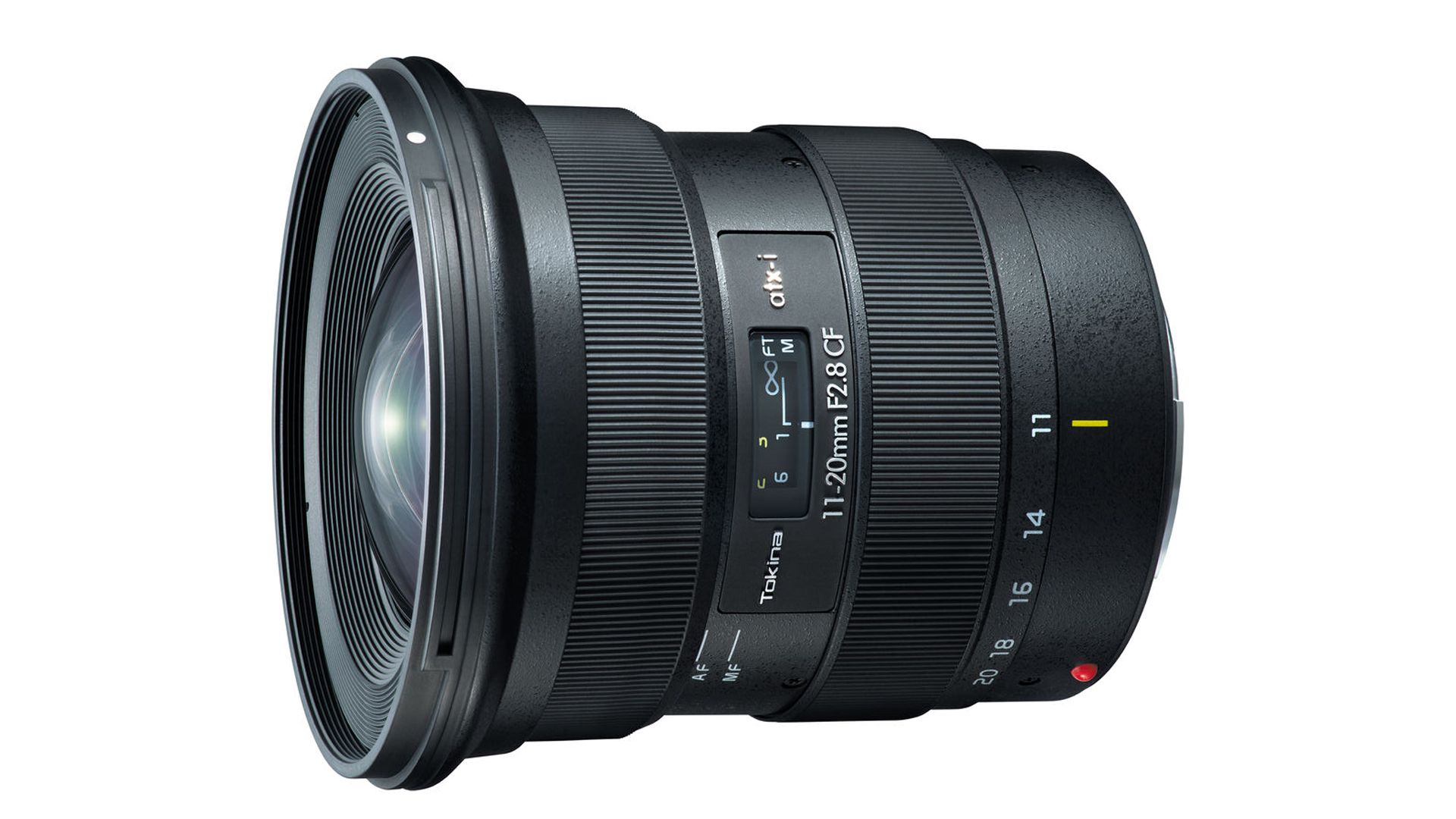
Wide Angle
Wide angle lenses allow photographers to fit larger areas into the photo frame. Because almost everything is in tight focus, this lens is great for landscape, street and architectural photography.
Our most popular wide angle lens: Tokina ATX-i 11-20mm f/2.8 CF
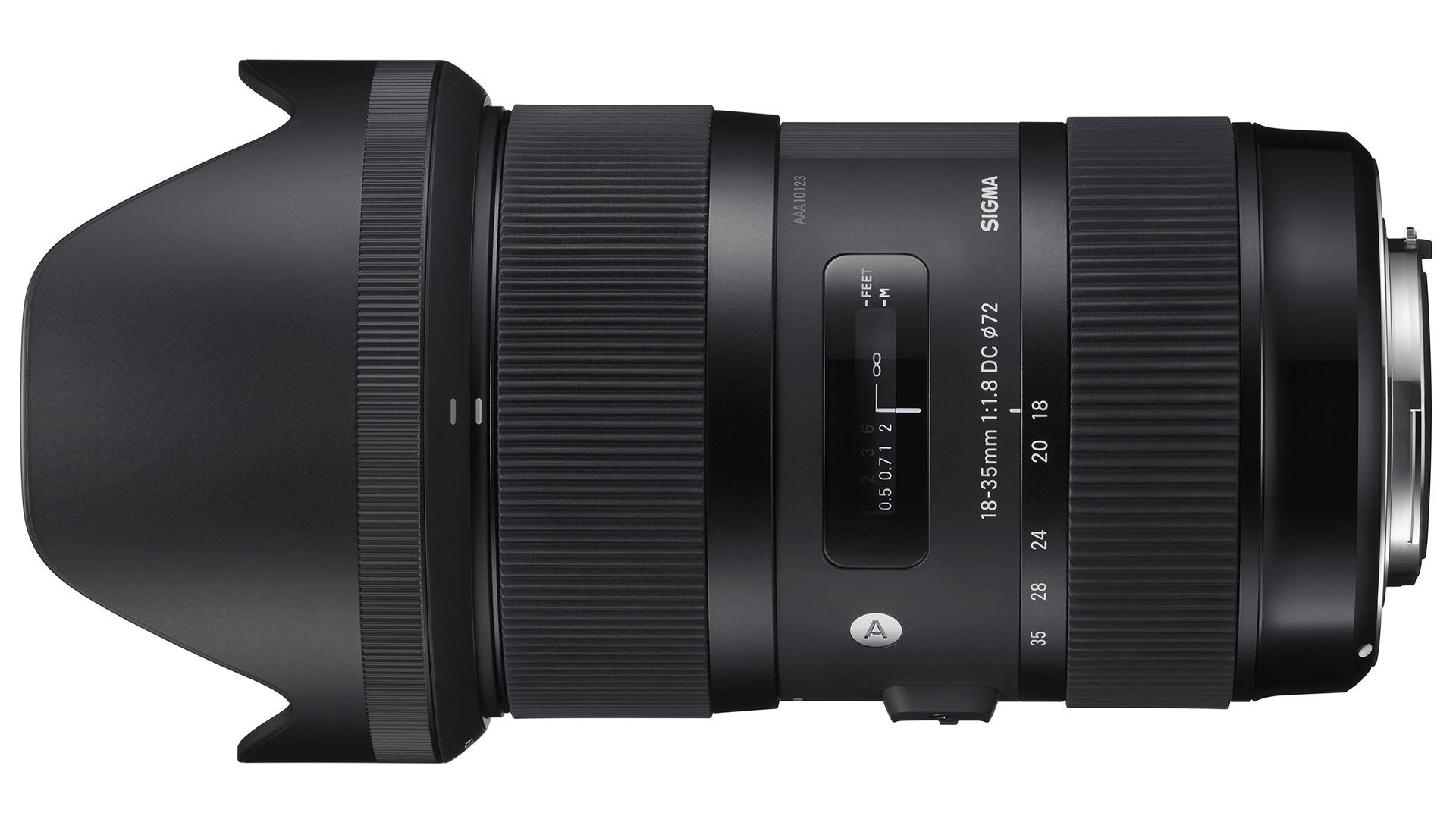
Zoom
Zoom lenses offer flexibility to change the focal length, giving the option to shoot in both wide angle and telephoto. Highly versatile, zoom lenses are a popular general purpose lens and are often used by travel photographers when carrying multiple lenses isn’t an option.
Our most popular zoom lens: Sigma 18-35mm f/1.8 DC HSM Art Lens
Specialty Lenses
Specialty lenses allow you to give your pictures a unique look and are often used in creative and artistic photography.
There are four common types of specialty lenses:
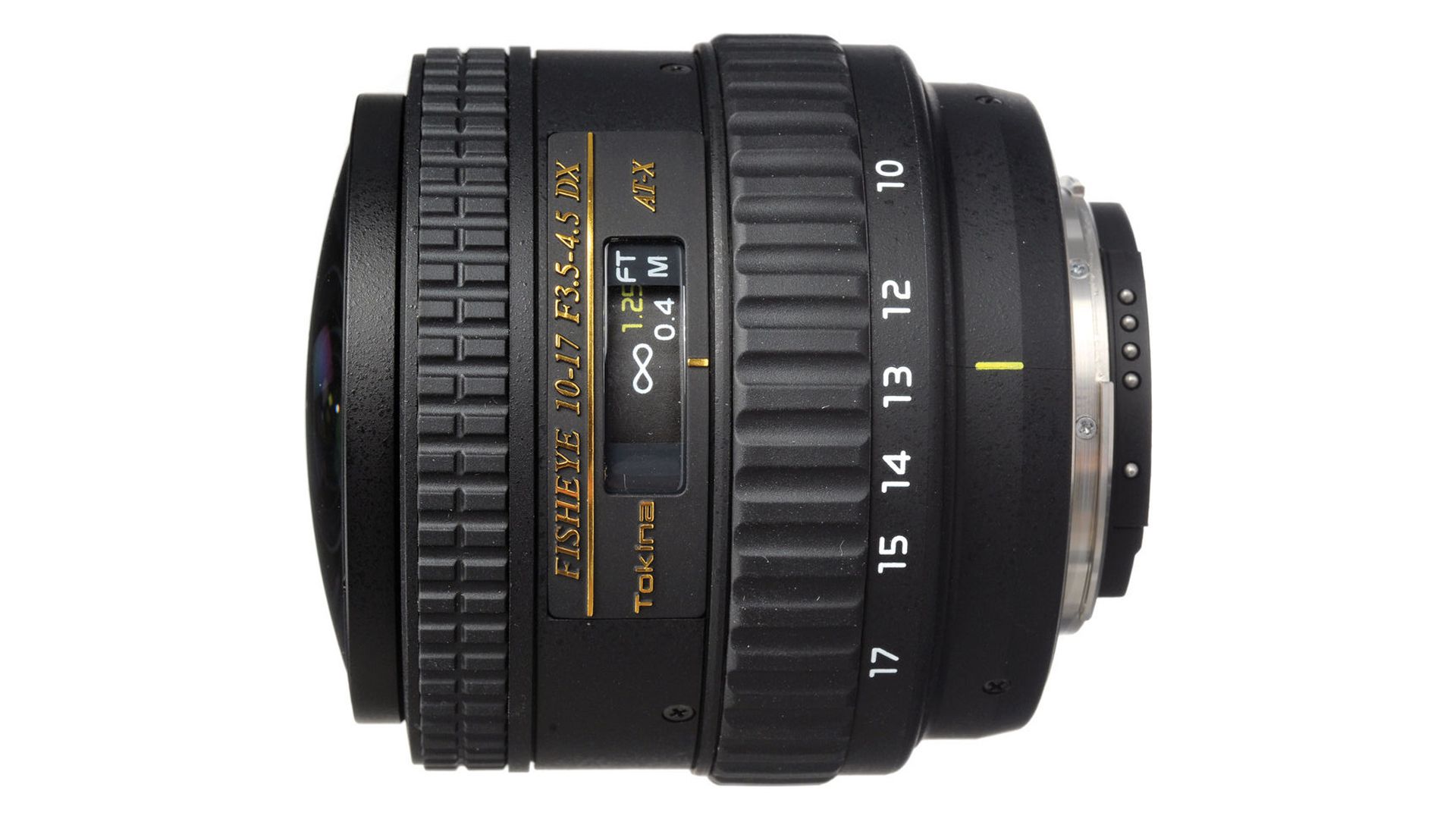
Fisheye Lens
Fisheye Lens: This ultra-wide-angle lens can take a 360-degree photo, distorting the view so it looks like the subject of the photograph is in a bubble. These are commonly used in abstract photography.

Tilt-Shift
Tilt-Shift Lens: This lens makes the subject of the photo appear smaller than it actually is by distorting perspective. These are commonly used in architecture and fine art photography.
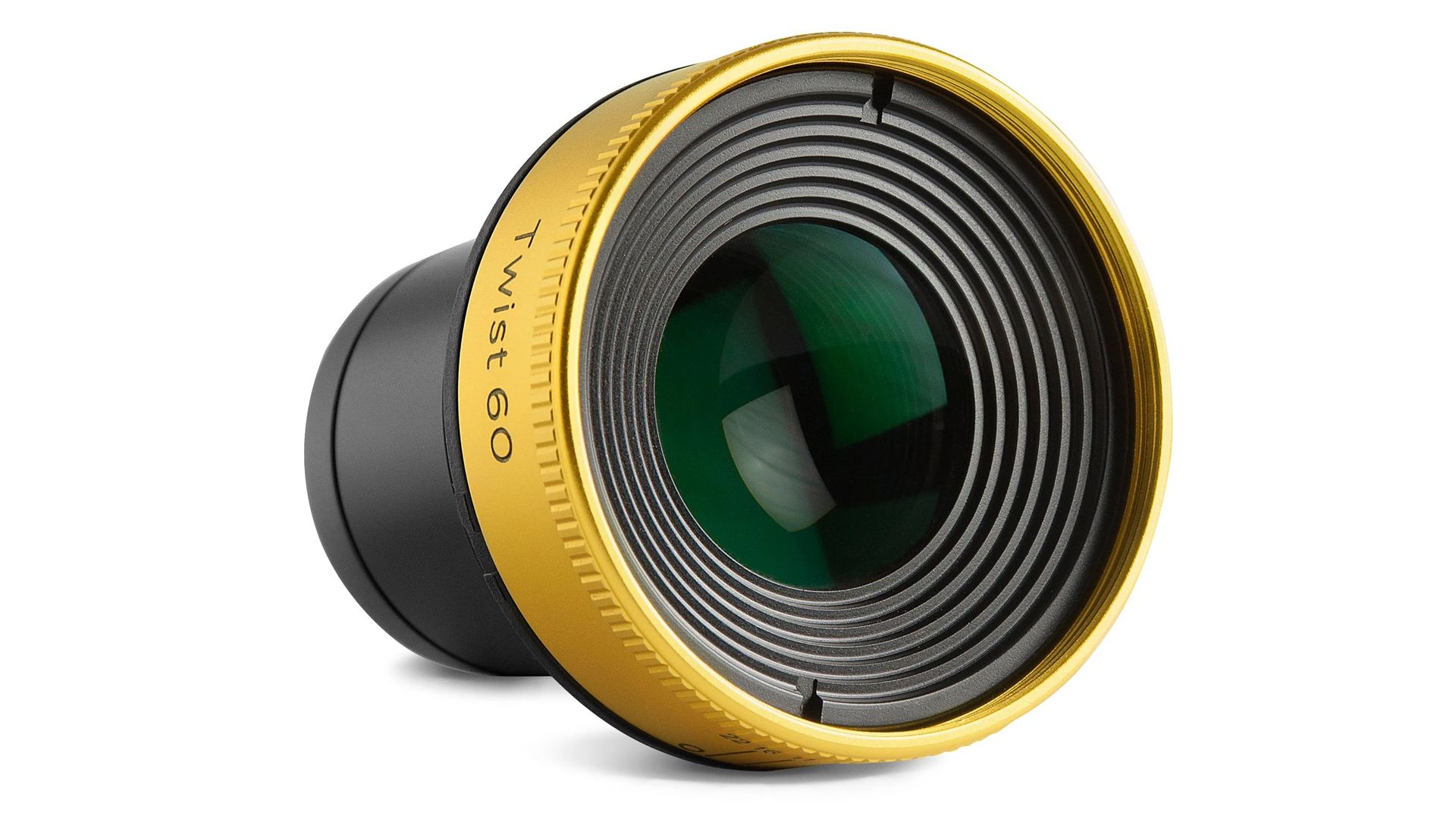
Effect Lens
Effect Lens: This lens is often used by photographers to create an artistic effect. Effect lenses often work to control and manipulate the out-of-focus background part of an image, the quality of the effect is called bokeh.
Camera Lens Sizes Explained
Camera lenses are sized in millimeters (mm), and lens size defines the angle, depth of field and distortion of space in photographs.
| Angle of View | Description | Depth of Field | Distortion | |
|---|---|---|---|---|
| 16mm | Very Wide | Landscape photography | Everything is in focus | Objects look farther away than they are and the sizes of of things close to camera are exaggerated |
| 35mm | Wide | Street photography | Everything is in focus unless its extremely close to camera | Less than 16mm, but objects still appear farther away than they really are |
| 50mm | Normal | Any type of Photography | Shallow or deep depending on aperture range | Practically no distortion |
| 85mm | Medium Telephoto | Portrait Photography | Easily get shallow depth of field | Makes things appear closer than they are |
| 200mm | Telephoto | Sports photography | Shallow depth of field | Makes things appear closer than they are |
Types of Lens Mounts
Lens mounts are basically interfaces between cameras and lenses. They allow the photographer to switch out lenses depending on what type of photo they are taking.
Many lens mounts are proprietary by company which means they aren’t interchangeable with other brands; however, some brands like Sigma and Tokina offer interchangeable mounts. The brand of your lens mount determines which lenses are compatible with it.
Focal Length
Focal length, along with image sensor size, defines the lens's field of view. A smaller focal length provides a wider view while larger focal lengths allow the photographer to zoom in for a magnified view. With a zoom lens, the focal length is adjustable between two fields such as 18mm to 55mm or 70mm to 300mm. Prime lenses don't have a zoom option so the focal length is preset and cannot be changed.
Apeture
The size of the aperture, or the F-stop, determines how much light it gathers. A small number indicates a larger aperture which gathers more light, while a large number indicates a smaller aperture which gathers less light. A larger maximum aperture allows for better pictures in low-light, like indoor or night-time photography, and allows for decreased depth of field which creates a sharply focused foreground with a blurred background. The smaller numbers reflect faster shutter speeds. The faster the shutter speed, the more light is let in, for instance, an f1.14 lens is extremely fast letting in plenty of light while f2. 8 lenses are slower and let in less light.
Image Stabilisation
Image stabilisation reduces blurring in pictures from camera shaking allowing for clearer, sharper photographs. Some cameras have built-in image stabilisation, but others require an image stabilised lens. It's important to know that different companies refer to image stabilisation by different names. When looking for stabilising lenses, here are the names to watch for:
- Image Stabilisation (IS)
- Vibration Reduction (VR)
- Optical Steady Shot (OSS)
- Optical Stabilisation (OS)
- Vibration Control (VC)
- Optical Image Stabilisation (OS)
What Lens Fits My Camera?
Of course, whatever lenses you choose must fit your camera. Not all brands are compatible with other brands, so you need to look for lenses of the same brand as your camera. There are several ways to discover which lenses fit your camera.
- Look in your camera's operations manual.
- Search online for accessories compatible with your camera.
- Check with lens manufacturers for lenses compatible with your camera.
Once you have decided what type of lens you want, check out our selection of different camera lens types. Take advantage of our 80 years of experience importing and distributing photographic equipment by calling today at +61 3 9823 1555.
